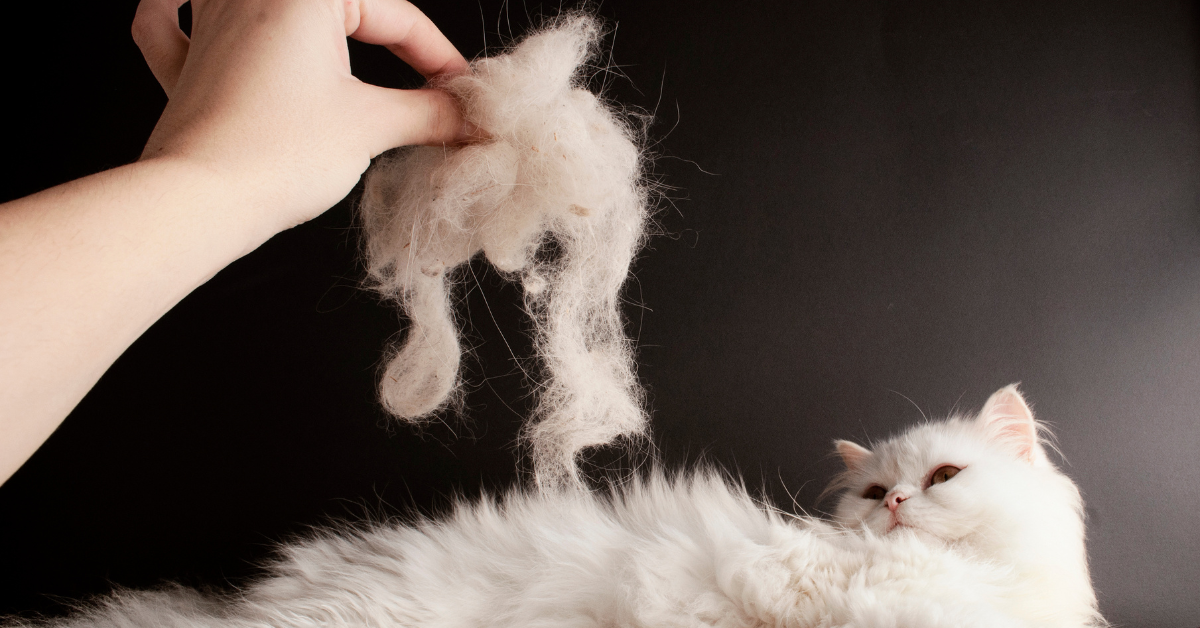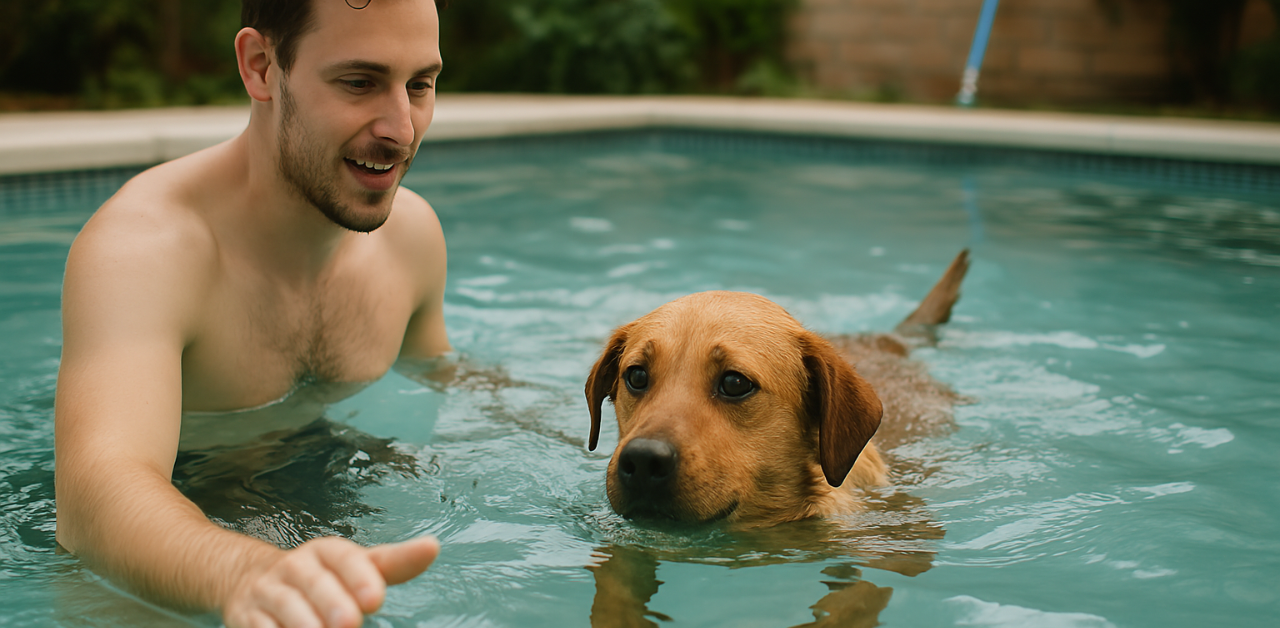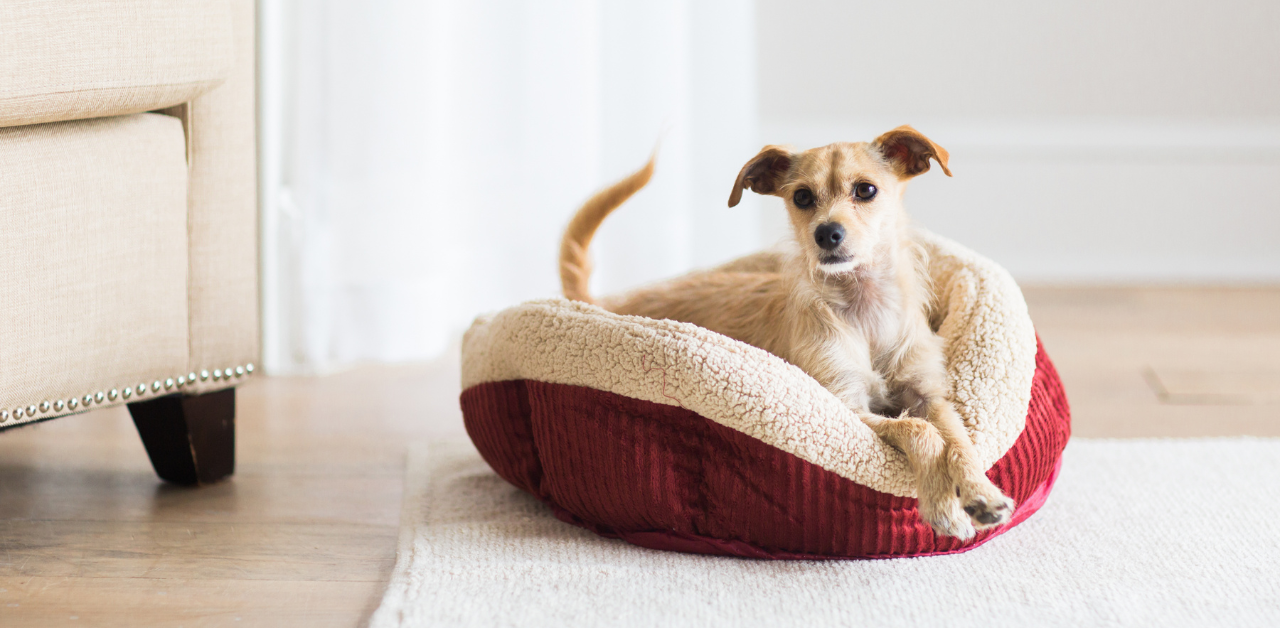Dealing with Excessive Cat Shedding

Whether you're a new cat parent or a seasoned feline enthusiast, dealing with cat shedding can be a constant challenge. Our blog offers practical tips, expert advice, and product recommendations to help you manage your cat's excess shedding and keep your home fur-free. From understanding the causes of excessive shedding, such as a cat's diet or certain breeds like Maine Coons, to exploring grooming techniques and dietary solutions, we're here to make your life easier and your cat's coat healthier.
Learn about managing shedding with tools like lint rollers and vacuum cleaners, and discover ways to reduce shedding through regular grooming sessions and proper nutrition, including essential fatty acids. Whether your feline friend is an indoor-only cat or a long-haired breed, we cover how to handle cat hair and loose fur and the best practices for grooming. In this article, we're going to cover why your cat may be shedding so much and what you can do to curb it.
Which Cats Shed?
It's essential to understand that not all cats shed the same amount, and some breeds are more prone to shedding than others. Cats with long, thick fur, particularly those originating from colder climates, tend to shed more. For example, breeds like Maine Coons, Ragdolls, and British Longhairs are known for their significant shedding due to their dense coats.
Why is My Cat Shedding so Much?
There are several reasons why your cat might be experiencing excessive shedding. Surviving excess cat shedding can be challenging, especially with all the cat hair and loose fur around the house.
Diet: An inadequate diet can lead to poor coat health, resulting in more cat's shedding. Ensuring your cat's diet includes the right nutrients, including essential fatty acids, is crucial for maintaining a healthy coat. If you suspect this might be an issue, consult your veterinarian for dietary recommendations to reduce cat shedding and improve your feline friend's health.

Health Issues: Cat shedding can sometimes indicate underlying health problems. If your cat is shedding more than usual, it might be time for a vet visit to rule out issues like allergies, fleas, or joint disease. Medications can also contribute to hair loss, so it's essential to monitor any changes in your cat's fur. Some cat breeds are more prone to these issues, so it's important to know your cat's specific needs.
Seasonal Changes: Cats shed more during certain times of the year, particularly during seasonal changes. In colder months, they grow a thicker coat, which they shed in the spring to avoid overheating. This seasonal shedding is normal, but regular grooming sessions can help manage the excess cat fur. Using tools like lint rollers and vacuum cleaners can also help keep your living space free of loose hair.
Age and Grooming Habits: When cats get older, they struggle to groom and bathe themselves regularly, which can result in messy, matted fur as well as excess shedding. Regular grooming can help remove excess hair and maintain a healthy coat. It's important to groom your cat properly to prevent hair loss and keep their coat in good condition. Some cats, like the Maine Coon, require more frequent grooming due to their long-haired coats.
Stress: Stressful events, such as moving or introducing a new pet, can cause your cat to shed more. Stress can manifest as changes in grooming habits or other symptoms. Observing your cat's behavior can help you identify stress-related shedding. If your indoor-only cat or feline companion is experiencing stress, they may shed more than usual. Reducing stress and ensuring your cat's environment is comfortable can help manage shedding.
Using specially designed brushes and lint rollers can help keep your clothes and furniture free of pet hair, especially if your cat sheds regularly. This is important for maintaining both your cat's coat and your own hair and clothing. It's also essential to ensure your cat's diet is balanced and includes nutrients that promote hair growth. Regular grooming and proper care can reduce the amount of excess shedding and keep your cat's coat healthy and shiny. As a best friend to your cat, it's crucial to understand these needs and provide a comfortable environment for them.
How To Survive Excess Shedding Seasons

If you find yourself and your home constantly covered in cat fur, there are a few things you can do to help manage your feline friend's shedding. Here are some key tips to help you survive the excess shedding seasons:
- Do your research: Knowing your cat's coat type is the first step! If you're not familiar with your cat's breed, do a little research to learn more about their fur and shedding tendencies. Some breeds have single coats, while others can have double or triple coats! Understanding this can help you manage shedding and provide the right grooming and care for your cat’s specific breed.
- Commit to proper grooming: Grooming your cat isn't something to do every once in a while; it's something that you should do regularly, especially if you have a cat that sheds a lot. Regular brushing helps to collect loose fur before it falls out and ends up on your furniture. It can also prevent your cat from getting hairballs. Long and medium-haired cats should be brushed daily, while short-haired cats can go about a week before needing to be brushed. There are a variety of different cat brushes and shedding tools available here on Petmate, so find something that works well for your kitty.
- Bathe your cat: While cats do groom themselves, occasional baths can help remove loose fur before it ends up on their tongue and in their stomach. Your cat may not be thrilled with the idea of being in a tub of water, so one good alternative is wiping them down with a wet washcloth. Doing this once a month or so can be an effective way to limit excessive shedding.
- Visit a vet or professional groomer: If you’ve tried everything and are still overwhelmed by fur, it might be time to consult a vet. They can identify underlying issues like allergies or dietary deficiencies that could be causing excessive shedding. Additionally, a professional groomer can help, especially if your cat dislikes baths. Professional groomers have plenty of experience bathing and cleaning cats who are less than thrilled about getting wet! Plus, they will be able to take care of some of your cat's other needs, like trimming their nails, getting rid of matted fur, and cleaning some of those more sensitive areas.
Effective Solutions for a Cleaner Home and a Healthier Feline Friend
Don't settle for a home covered in fur! If you're noticing your feline friend shedding more than usual, it may be time to investigate the cause and find a solution that works for both you and your cat. Keeping your space clean is essential, whether it’s from cat hair or your own.
Keep your indoor cats happy and your home fur-free with Petmate's range of grooming products. From brushes to grooming tools specially designed for various cat breeds, Petmate has everything you need to manage your cat's shedding effectively.
Previous article

Next article

Related posts
View all-

Do Dogs Get Lonely if There Is Only One Dog
Most dogs can feel lonely if there is only one dog in the house. They are pack animals descended from wolves. This means they have instincts that push them to connect with friends or family. When they live as the only dog, they may experience loneliness if they do not receive enough attention.
Read Article -

Teaching a Dog To Swim in Your Pool
Swimming is great fun for dogs, and your swimming pool can be a fantastic place to cool off and play. But not all dogs are natural swimmers. Teaching your dog to swim safely involves patience, gentle encouragement, and a positive experience. Here's how to help your dog learn to enjoy swimming at their own pace, keeping their safety and comfort in mind.
Read Article -

Welcoming a New Dog into Your Home
Bringing a new dog home is an exciting time for you and your family members. This event can inspire a sense of unity among everyone in the household, whether your new pet joins an older dog or is the only dog in the house.
Read Article



